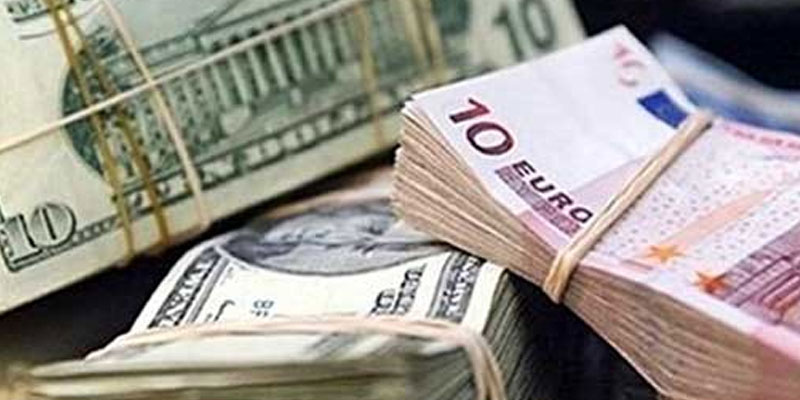India’s foreign exchange reserves continued their upward trend for the third consecutive week, reversing a months-long decline, according to data released by the Reserve Bank of India (RBI) on Friday.
For the week ending February 7, the country’s forex reserves rose by $7.65 billion to $638.261 billion. This recovery follows a sharp slump that saw reserves fall in 15 of the previous 16 weeks, reaching an 11-month low.
India’s reserves had been steadily declining since hitting an all-time high of $704.89 billion in September, marking a nearly 10% drop from the peak. The decline was largely attributed to the RBI’s interventions to stabilize the Indian Rupee, which hovers near its record low against the US dollar.
The latest data reveals that foreign currency assets (FCA), which form the largest component of India’s forex reserves, stand at $544.106 billion, while gold reserves are valued at $72.208 billion.
India’s current forex reserves are estimated to cover approximately 11 months of projected imports, providing a critical buffer amid global economic uncertainties.
In 2023, India added around $58 billion to its reserves, a significant rebound from the $71 billion decline seen in 2022. So far in 2024, reserves have grown by over $20 billion.
Forex reserves, comprising assets held by the RBI in various reserve currencies such as the US dollar, Euro, Japanese Yen, and Pound Sterling, are crucial for managing liquidity and ensuring economic stability. The RBI often intervenes in the forex market by selling dollars to prevent sharp rupee depreciation and buying dollars when the rupee strengthens.
(Inputs from ANI)




















